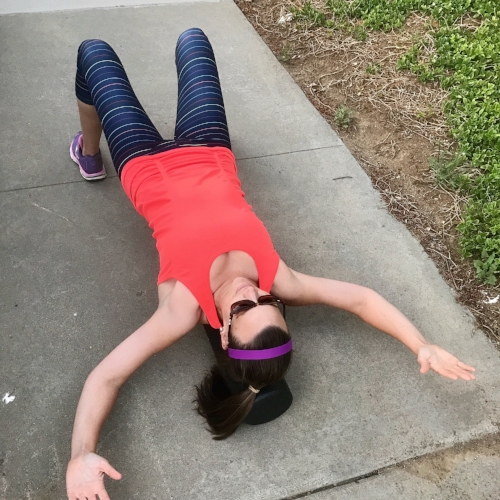Most people think that we always have perfect weather here in Southern California, but then they visit in June... Meet June Gloom.
June Gloom is the affectionate name for the heavy clouds and cooler weather that we experience most Junes due to some science stuff (cool waters and higher atmospheric pressure). Sometimes June Gloom comes early and we get May Grey. All this dreary weather can really put a damper on your mood. This week we're going to talk about 3 ways to beat June Gloom.
- Exercise more
- Eat better foods
- Get adjusted
Exercise is a great way to combat the woes of June Gloom. Studies show that exercise can help with treating and preventing depression. Exercise doesn't have to be super intense to get the benefits either. As little as 20-35 minutes a day of low level activities have been shown to help with feelings of depression. Need some motivation to exercise? Call a buddy! Find a group to exercise with! There are lots of free fitness groups around. You can also garden as a form of exercise. The cloudy skies and cooler weather are a great time to get out and dig in the dirt! Or make a deal with your pet to take it on daily walks.
Eating better foods can also do wonders on your mood. The central nervous system (your brain and spinal cord) interacts a lot with your enteric nervous system (more than 100 million nerve cells lining your gastrointestinal tract from esophagus to rectum). Older research thought that depression and anxiety could lead to irritable bowel syndrome (IBS) and other gastrointestinal complaints, but new research shows that it could be the other way around! So feed your body whole foods that aren't processed. Go for lean, grass fed meats or wild caught fish. Fill up on vegetables and fruits. Try kombucha for giving your gut good bacteria (probiotics) to help with digestion of nutrients.
Lastly, get adjusted! Chiropractic adjustments keep you moving well! When you can move better, you feel better! And don't forget to focus on good posture still even though Posture Month is over.


















